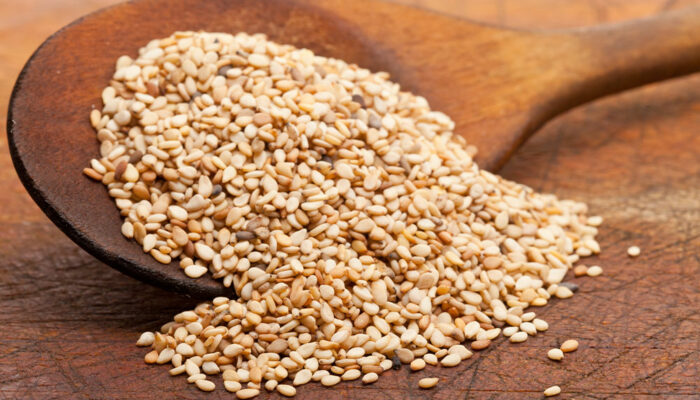
5 foods to tackle the symptoms of depression
Depression is a mood disorder that can get serious if it’s not treated in time. It can lead to symptoms that affect how one may think, feel, or how they handle daily activities like eating, working, or sleeping. Along with treatments for depression, there are certain foods that one can consume to get relief from the symptoms of depression. These foods also help improve a person’s overall health. Listed below are five such foods. Berries Berries like raspberries, strawberries, blackberries, and blueberries are foods that contain high quantities of antioxidants. According to a study, patients who were treated for two years with antioxidants had lower depression scores. These antioxidants are also known to prevent other illnesses and cancer. Walnuts Walnuts are loaded with Omega-3 fatty acids, which are known to support brain function and alleviate the symptoms of depression. Omega-3 fatty acids also contain other properties that can significantly help improve a person’s overall condition. Dark Leafy Greens Dark leafy greens are one of the healthiest foods you can eat to improve your overall health. They are rich in immune-boosting and anticancer properties such as vitamins A, C, E, and K; phytochemicals; and other minerals. Avocados Avocados are known as power foods because they are rich in healthy fats needed by the brain to function properly.
Read More 















